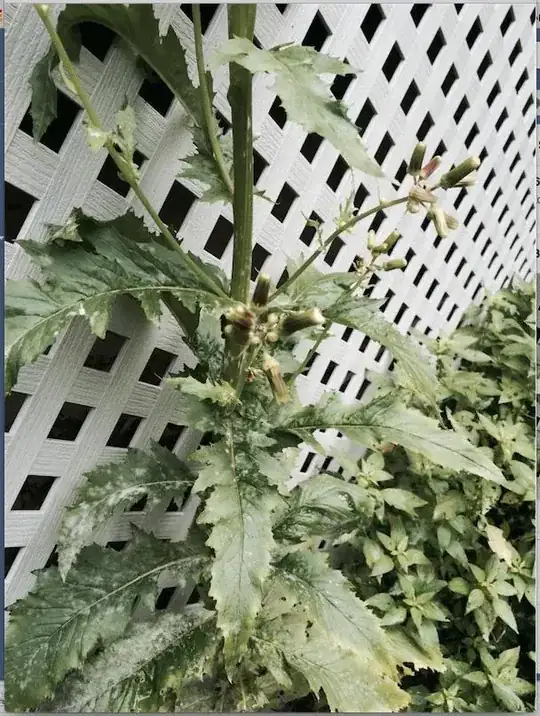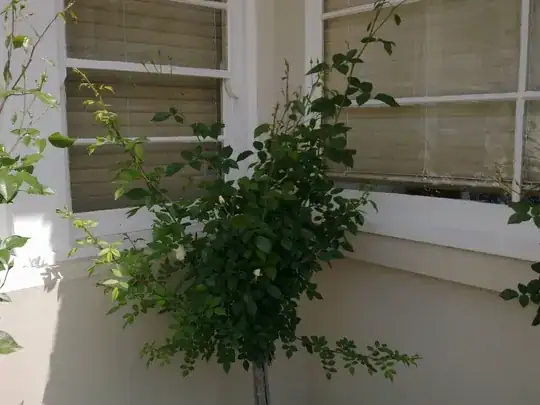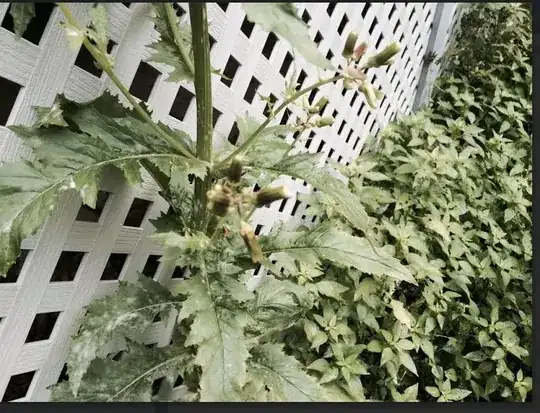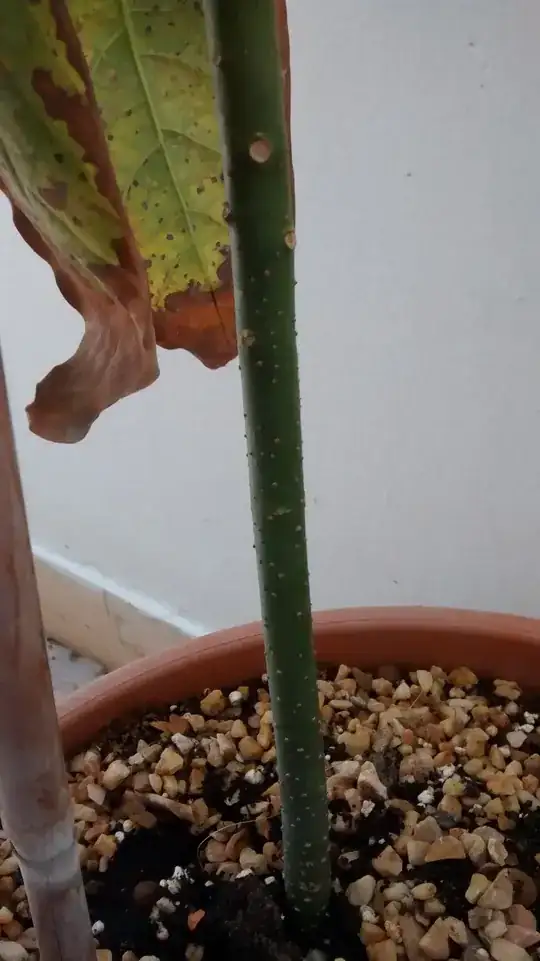

 It has white blotches on the stem and leaves. I don't see purple or hairs, but is it Giant Hogweed? It's in a bed next to my house.
It has white blotches on the stem and leaves. I don't see purple or hairs, but is it Giant Hogweed? It's in a bed next to my house.
Asked
Active
Viewed 287 times
1
Rob
- 21
- 2
-
1No, it's not. Giant Hogweed is really, really *big*, especially if in bloom. (flowers look totally different, too) If you want an ID, we need better / more pictures: Whole plant, close-up of blooms and leaves and preferably some scale in the pictures, too. And it never hurts to add *where* it grows. – Stephie Aug 22 '15 at 20:45
-
Possibly...could also be Poison Hemlock...can you see purple 'veins' in the stalks? I'd pull that sucker up before it flowers. Don't see any benefits to keeping this plant in an ornamental bed. – stormy Aug 22 '15 at 21:53
-
This plant looks like its suffering a dose of powdery mildew, (or its just the way the light falls in the picture) and that might be the white blotches you're seeing... otherwise, I can't tell if they're flowerbuds or seed pods/heads - have you seen it flower?. And it looks nothing like poison hemlock, and isn't big enough to be Giant Hogweed, as Stephie says... – Bamboo Aug 23 '15 at 16:56
-
Need a much better pic - might even be Jimson weed... – Bamboo Aug 23 '15 at 17:04
-
Guys, I hope this is enough, I'm glad you don't think it is hogweed giant, but I'd like to know what it is?? It looks menacing, it is also about 4-5 feet tall, no flowers, one looks like it did and kind of looks like cotton, white hairs. Thanks for the help – Rob Aug 23 '15 at 19:22
1 Answers
2
You have a tall sow thistle (Sonchus) in your yard.
I agree with Bamboo that it isn't a particular healthy specimen, as it shows a lot of powdery mildew (the white dusty areas) but unless you plan on nursing what is considered a weed in Europe and an invasive plant in the US, you probably are going to rip / dig it out anyway.
Update:
Doing some further research, you might have a Fireweed (Erechtites hieraciifolius or Sonchus agrestis) which, as the latin names show, sometimes is classified as of the genus sonchus, sometimes as erichites. It's native to the US and is a pioneer plant on burn areas and similar. (Apart from possibly being native instead of invasive, the previous answer remains valid.)
Stephie
- 16,017
- 5
- 30
- 56
-
1I Can't emphasize enough how greatful I am for your help guys. I grew up in the woods, but the house we have now is a different more dense woods that I'm not used to with hundreds of different plants. Thank you so much – Rob Aug 24 '15 at 13:25
-
1Yup, GET RID OF IT BEFORE IT BLOOMS!! Great science project but very, very prolific...good job, Stephie!! – stormy Aug 24 '15 at 19:19
-
-
1Interesting, it's growing in a brick flower bed next to my deck, elevated off the ground. We have a ton of wasps around house and live near a swamp, from what I know, the area wasn't burned. All of you are very good at this, thanks for the help and I'm sure I'll be back. – Rob Aug 25 '15 at 00:32
-
Hi Rob! I'm so glad you got a good identification and advice, and definitely hope you'll be back! Would you mind adding your location to your question? As Stephie said, it really helps, especially for all the people who'll see your question, like me! We have something similar that's about 8 feet tall in our yard in Northeast USA. I didn't even know it could be poisonous, so I should probably figure out what it is! Thanks! – Sue Saddest Farewell TGO GL Aug 25 '15 at 02:32
